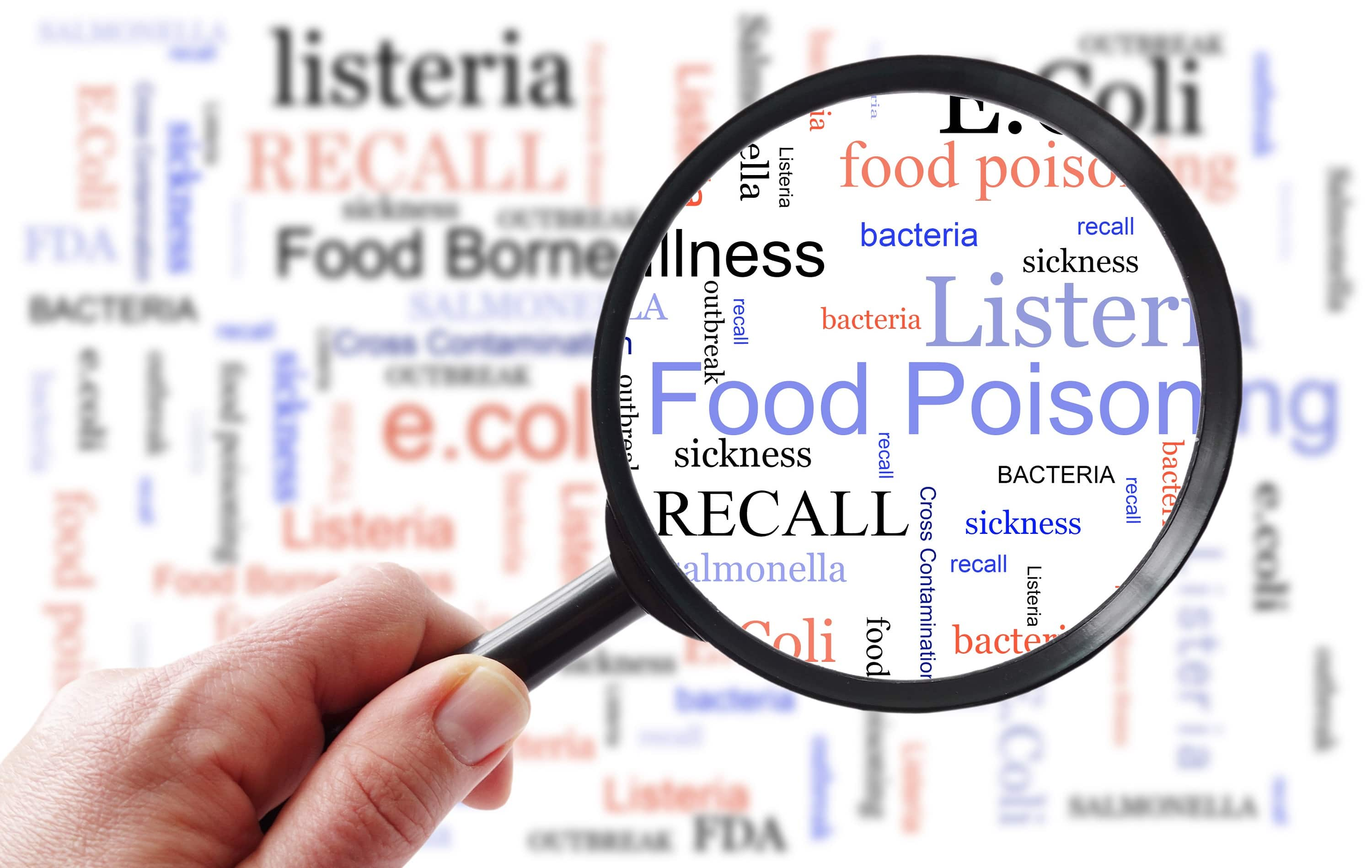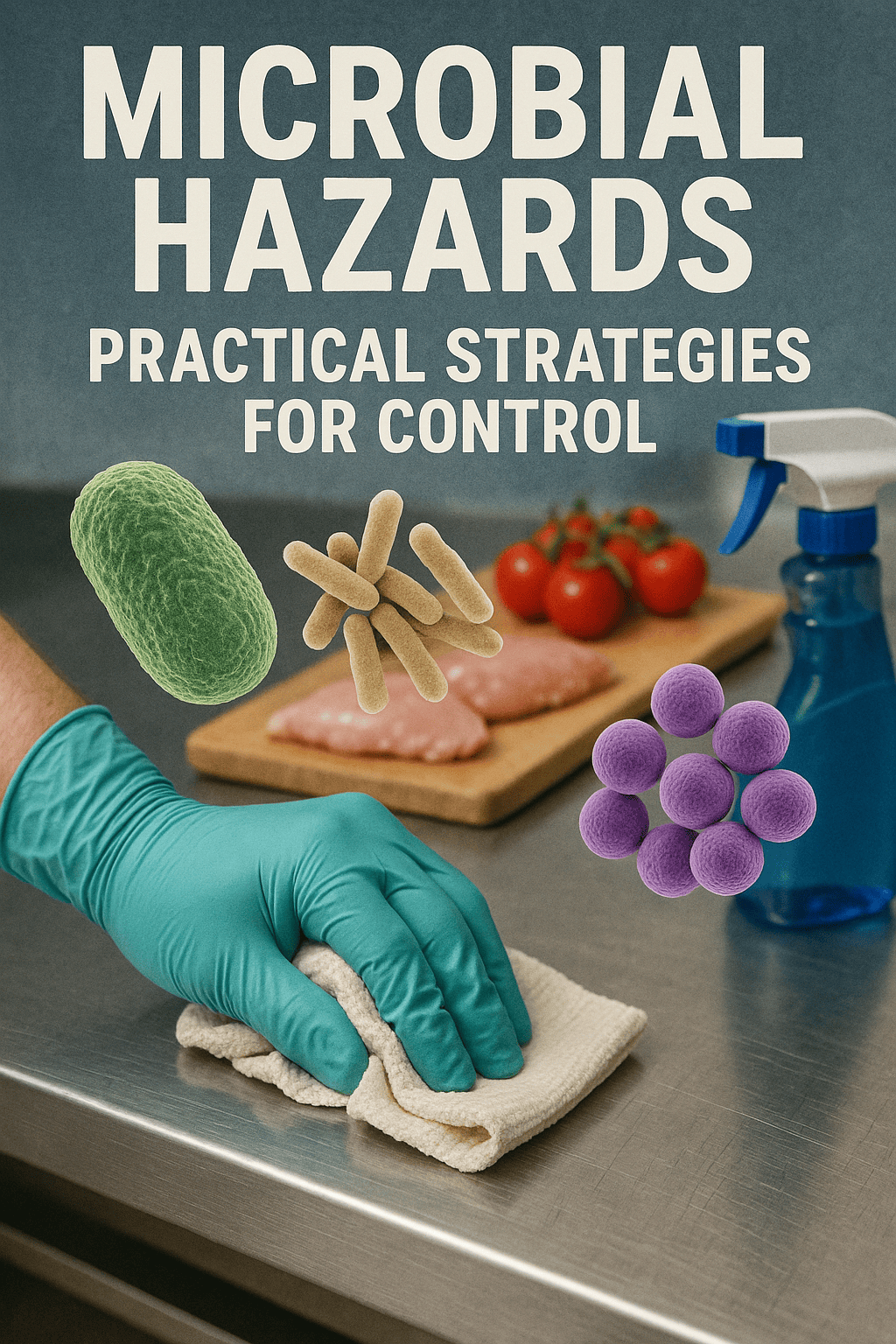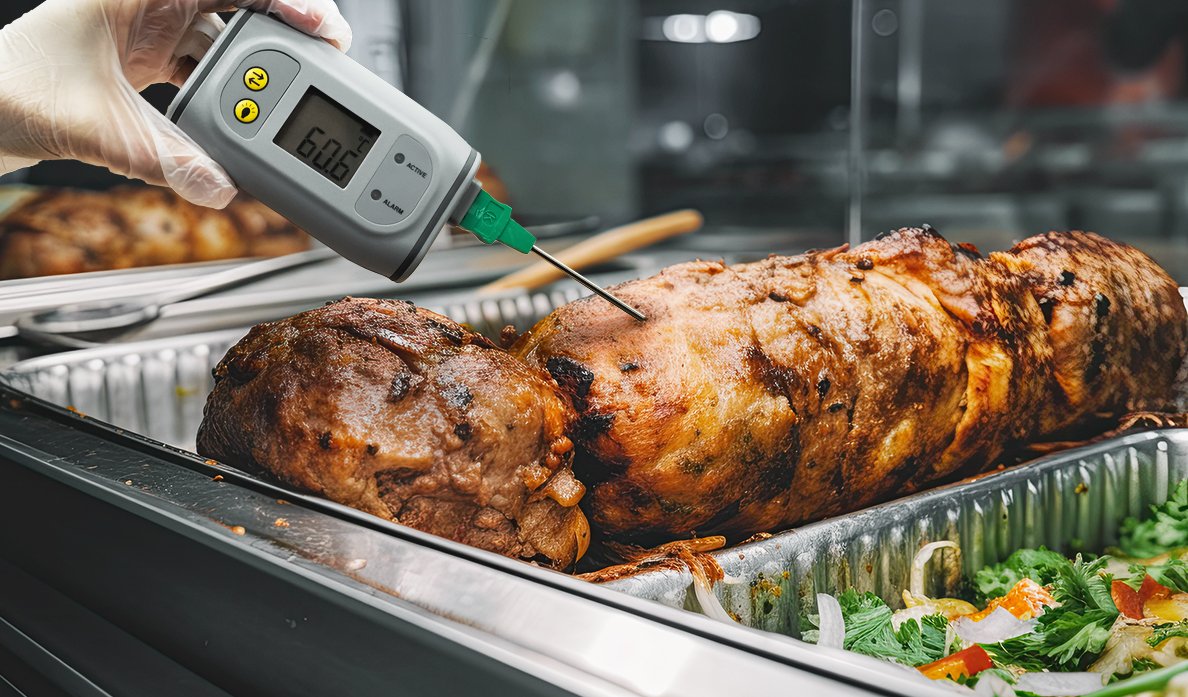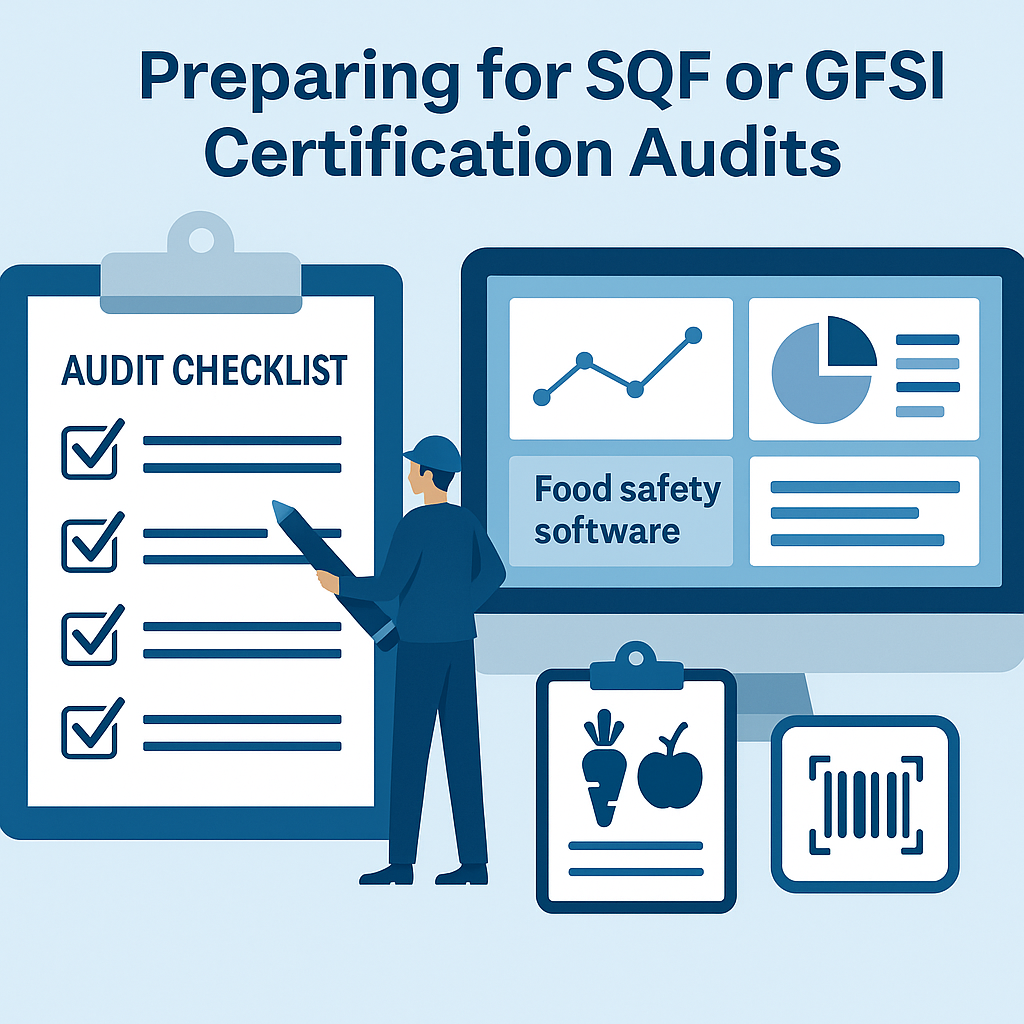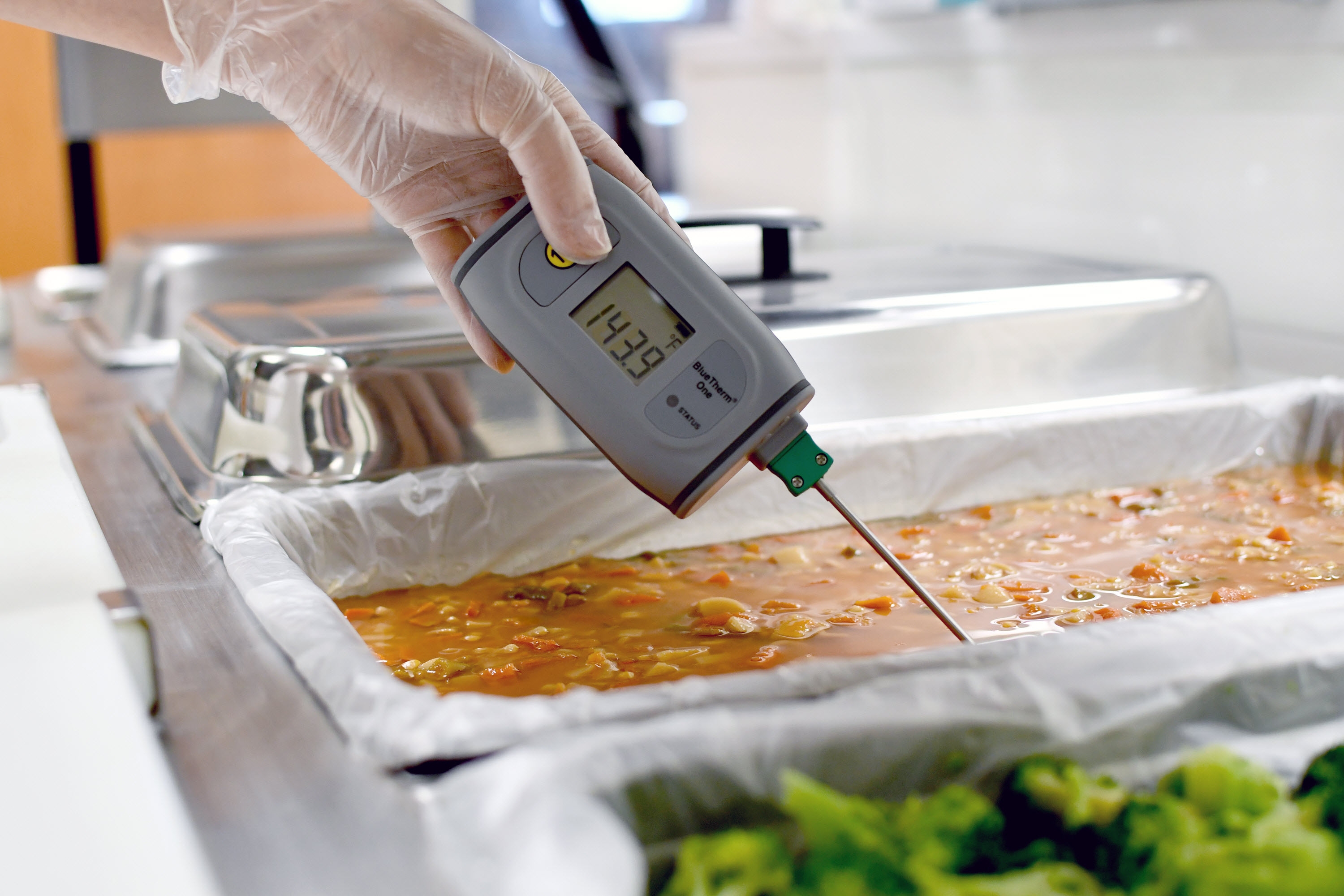In today’s highly regulated food industry, a single recall can have far-reaching consequences, impacting not just a company’s finances but also its reputation. The Food Safety Modernization Act (FSMA) has placed stringent requirements on food manufacturers and processors, emphasizing the need for proactive measures and robust food safety systems. This guide will provide an in-depth exploration of how to effectively manage and survive a food safety recall under the FSMA, leveraging advanced tools like food safety software and food traceability software.
Understanding FSMA and Its Implications for Food Recalls
The FSMA represents a significant shift from responding to food safety emergencies to preventing them. Under this regulation, the FDA has the authority to mandate a recall of unsafe food products. The key to compliance lies in having a proactive food safety plan that includes hazard analysis, preventive controls, and a recall plan.
The Role of Food Safety Software in Recall Readiness
Food safety software is an indispensable tool for FSMA compliance. It helps food businesses manage documentation, track compliance with regulatory requirements, and implement effective preventive controls. A robust software system can streamline operations and ensure that all necessary safety measures are documented and accessible, reducing the risk and scope of potential recalls.
Step-by-Step Approach to Managing a Food Recall
Step 1: Develop a Comprehensive Recall Plan
Your recall plan should detail the process for decision-making, communication, and corrective actions in the event of a product recall. This includes:
- Identification of Responsible Teams: Assign specific roles and responsibilities to team members to handle different aspects of the recall efficiently.
- Traceability Mechanisms: Utilize food traceability software to track and locate the product through every step of the supply chain quickly.
- Communication Protocols: Establish protocols for notifying internal stakeholders, regulatory bodies, consumers, and the public about the recall.
Step 2: Implement Effective Traceability Systems
Food traceability software is critical for mapping the journey of a product from farm to fork. Effective traceability systems help in:
- Quickly Identifying the Scope of the Problem: Determine which batches of products are affected and need to be recalled to minimize risk to consumers.
- Facilitating Effective Product Retrieval: Traceability tools help ensure that all affected products are promptly located and removed from circulation.
Step 3: Conduct Hazard Analysis and Define Preventive Controls
Under FSMA, hazard analysis is a cornerstone. This involves:
- Identifying Potential Hazards: Biological, chemical, and physical hazards must be identified at each step of the production process.
- Implementing Preventive Controls: Define and implement controls to reduce or eliminate identified food safety risks.
Step 4: Train Your Staff Regularly
Training is crucial to ensure that all employees understand their roles in maintaining food safety and managing recalls. This should include:
- Regular FSMA Compliance Training: Keep staff updated on the latest FSMA regulations and practices.
- Recall Simulation Exercises: Conduct regular drills to ensure everyone knows their responsibilities during a recall.
Step 5: Maintain Rigorous Documentation
Document every step of your food safety protocol and recall procedures. This documentation should include:
- Training Records: Who has been trained, when, and in what processes.
- Audit Trails: Detailed records of how food products are processed, handled, and distributed.
Step 6: Communicate Effectively During a Recall
Clear and timely communication is critical during a recall. You should:
- Inform Regulatory Authorities: Notify the FDA and other relevant authorities immediately upon discovering a potential food safety issue.
- Public Communication: Release information to the public and other stakeholders, including retailers and distributors, about the recall specifics, ensuring transparency and maintaining consumer trust.
Step 7: Review and Improve the Recall Process
After managing a recall, it’s vital to review the effectiveness of your recall plan and make necessary adjustments. Analyze:
- What Went Well and What Didn’t: Identify strengths and weaknesses in your recall management.
- Lessons Learned: Integrate these lessons into your recall plan to improve future responses.
Example: Successful Recall Management Using Food Safety Software
Consider a scenario where a food processor detected a potential listeria contamination in one of its ready-to-eat products during routine testing. Using food traceability software, the company was able to quickly identify and isolate affected product batches. They communicated effectively with the FDA, retailers, and the public, initiating a swift recall. This proactive approach minimized health risks and maintained high levels of consumer trust.
Surviving a food recall under FSMA regulations requires a well-orchestrated strategy emphasizing prevention, preparedness, and swift action. Food safety and traceability software play pivotal roles in this strategy by enhancing the ability to prevent, detect, and respond to potential threats swiftly.
For food safety professionals looking to enhance their recall readiness and FSMA compliance, adopting advanced food safety solutions is a wise strategy. To see how these tools can be integrated into your operations, I encourage you to book a demo with NORMEX and explore our comprehensive food safety management systems tailored to meet the rigorous demands of the food industry.
This guide is not just about managing crises—it’s about turning potential disasters into testimonies of efficiency, safety, and professionalism.

